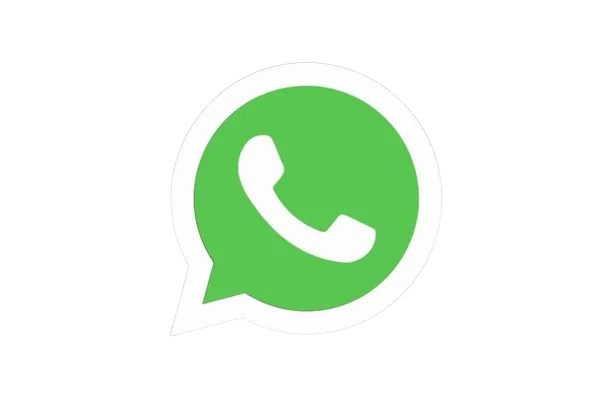Molluscum contagious is a common and contagious skin problem which caused by a virus, and appears as a non-itchy, painless, raised papules or nodules on the skin. Molluscum contagiosum may also spread from person to person and contact with infected objects. Molluscum contagiosum is mostly spread on public places However, earlier Molluscum Contagiosum treatment or removal and preventing measures help in the spreading of the disease.
Molluscum contagious virus (MCV) of two variants:
If you are infected with the molluscum contagiosum virus it takes about 2 to 8 weeks (maximum up to 6months) to see symptoms.
Molluscum bumps are neither itchy nor painful and mainly appear as veritably small, shiny, firm, and white to pink, dome-shaped with a dimple in the middle. The size of molluscum contagious is between 2 to 5 mm and can occur on any part of the body of person, predominant over the face, arm, tummy. Generally, the triumphs and soles are spared. The bumps or molluscum contagious appear in a small group or alone.
It can be a sign of HIV and many other immune diseases, if the Bumps size of 15 mm. Bumps appear first in the genital area and then involving in the face to be considered as sexually transmitted disease (STD)
If left untreated, this infection resolves itself within 4 to 12 months, but in some cases, it may lead to:
Medication and surgical treatments are available, but in most cases with a good immune system, you don’t require treatment as the lesions fade away without medical intervention. However, it justifies treating it is as a contagious disease; and can spread from one area to another in the same individual.
Topical cream such as retinoic acid cream or imiquimod or podophyllotoxin cream and oral immunomodulators such as levamisole can be used. Antiviral cidofovir (topical or intravenous) is effective in extensive involvement. Antiretroviral therapy for the patient suffering from HIV and molluscum contagiosum, it can work to strengthen the immune system to fight the virus.
Dermatological therapy is advised if medical therapy fails to work or our body’s immune system does respond to the infection to heal on its own.
Curettage, the doctor pierces the bump and scrapes it off the skin with a small tool.
Chemical therapy containing trichloroacetic acid or cantharidin which is applied by skin professionals
Cryotherapy: to freeze each bump with liquid nitrogen.
Electrosurgery: This is using a small probe with an electric current to cauterize the skin tissue.
Ablative lasers such as co2 and erbium YAG laser to destroy each lesion. The most effective treatments for molluscum contagiosum are the dermatological procedures performed by a dermatologist.
The best way to prevent getting molluscum contagiosum is to avoid touching the skin of the infected person. It spread by direct contact; it is advised to the patient to cover the infected area with a cloth or waterproof bandages. These suggestions can also help you prevent the spread of the infection:
| DO | DON'T |
|---|---|
| Use daily broad-spectrum sunscreen with SPF more than 30+ | Don’t have Prolonged or overexposure to sunlight or ultraviolet rays |
| Use of wide-brimmed hats and sun-protective clothing to protect from UV rays | Don’t expose yourself to accidental radiation. |
| Do refrain from using tanning beds | Don’t expose yourself to artificial UV light |

